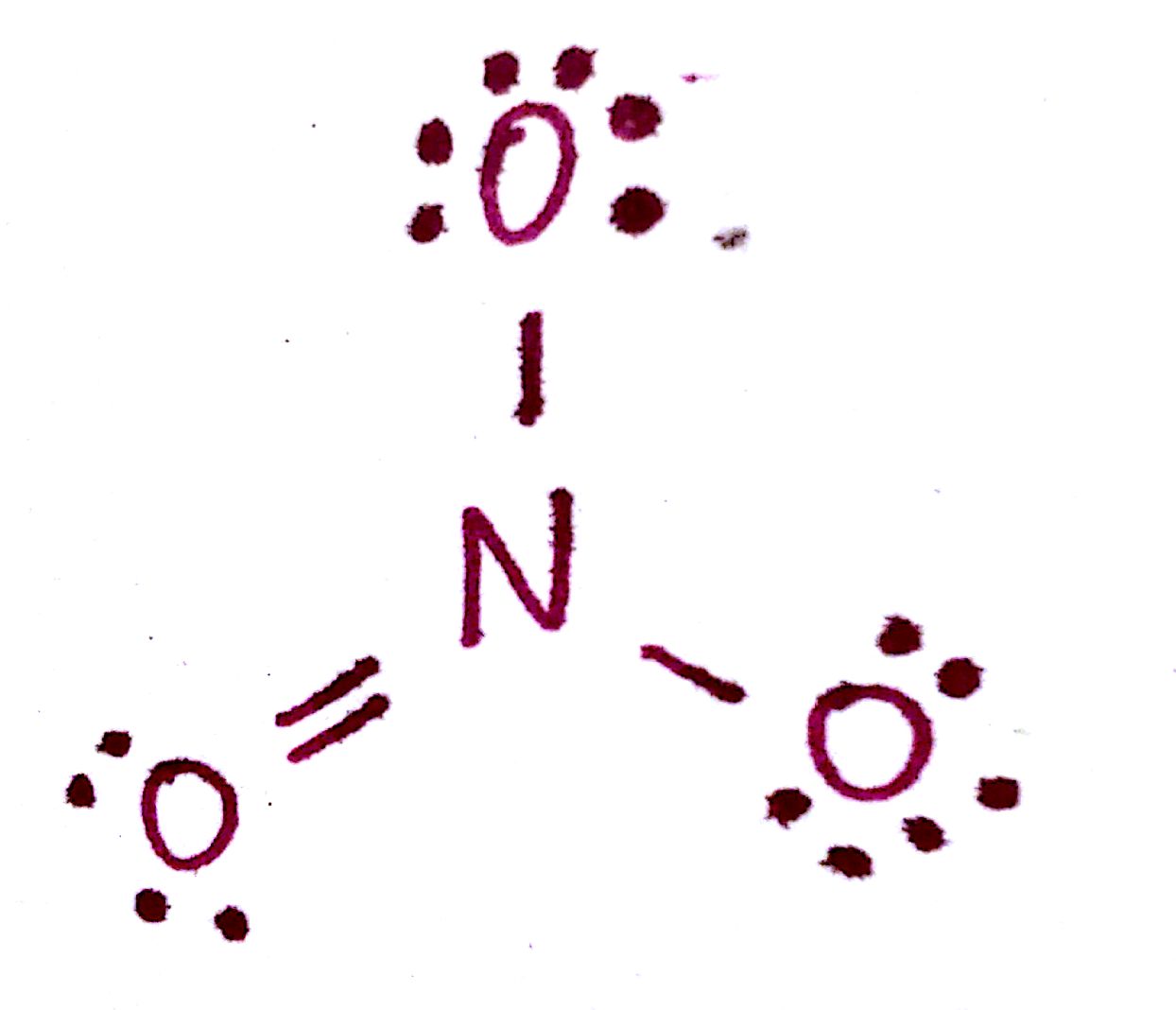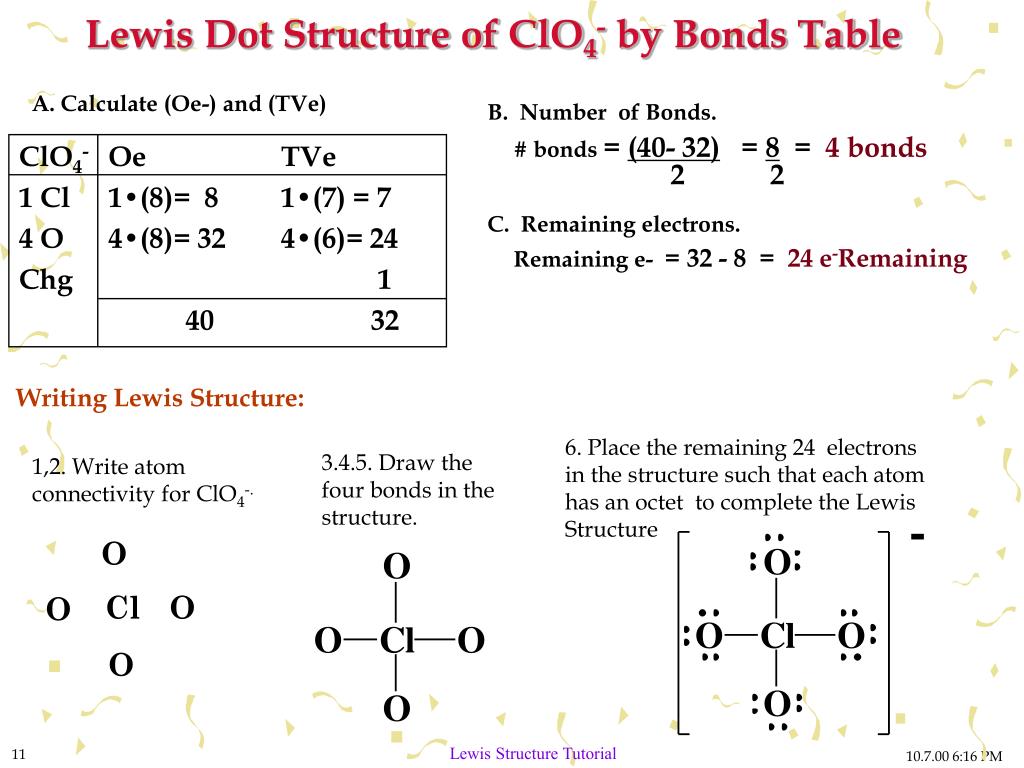
Following steps are required to draw the PO 4 3-lewis structure and they are explained in detail in this tutorial. Sometimes, people have a lot.Related lewis structures to H 3 PO 4 H 3 PO 2 lewis structure H 3 PO 3 lewis structure Steps of drawing lewis structure of PO 4 3-. Lewis structures are a way to write chemical compounds where all the atoms and electrons are shown. Lewis StructuresLewis structure calculator. The total number of electrons does not change. Lewis structures (also known as Lewis dot diagrams, electron dot diagrams, Lewis dot formulas, Lewis dot structures, and electron dot structures) are diagrams that show the bonding between atoms of a molecule and the lone pairs of electrons that may exist in the molecule.A Lewis structure can be drawn for any covalently bonded molecule, as well as coordination compounds.Figure 7.10 Cations are formed when atoms lose electrons, represented by fewer Lewis dots, whereas anions are formed by atoms gaining electrons.
The Octet RuleThe other halogen molecules (F 2, Br 2, I 2, and At 2) form bonds like those in the chlorine molecule: one single bond between atoms and three lone pairs of electrons per atom. Each Cl atom interacts with eight valence electrons: the six in the lone pairs and the two in the single bond. A dash (or line) is sometimes used to indicate a shared pair of electrons:A single shared pair of electrons is called a single bond. Line geometry.The Lewis structure indicates that each Cl atom has three pairs of electrons that are not used in bonding (called lone pairs) and one shared pair of electrons (written between the atoms). Well put 2 between the atoms to form. For example, when two chlorine atoms form a chlorine molecule, they share one pair of electrons:For the CH3OCH3 Lewis structure, we have a total of 20 valence electrons.

A double bond forms when two pairs of electrons are shared between a pair of atoms, as between the carbon and oxygen atoms in CH 2O (formaldehyde) and between the two carbon atoms in C 2H 4 (ethylene):A triple bond forms when three electron pairs are shared by a pair of atoms, as in carbon monoxide (CO) and the cyanide ion (CN –): Writing Lewis Structures with the Octet RuleFor very simple molecules and molecular ions, we can write the Lewis structures by merely pairing up the unpaired electrons on the constituent atoms. However, a pair of atoms may need to share more than one pair of electrons in order to achieve the requisite octet. Oxygen and other atoms in group 16 obtain an octet by forming two covalent bonds: Double and Triple BondsAs previously mentioned, when a pair of atoms shares one pair of electrons, we call this a single bond.
(Generally, the least electronegative element should be placed in the center.) Connect each atom to the central atom with a single bond (one electron pair). Draw a skeleton structure of the molecule or ion, arranging the atoms around a central atom. For anions, add one electron for each negative charge. For cations, subtract one electron for each positive charge. Determine the total number of valence (outer shell) electrons.
(Note that we denote ions with brackets around the structure, indicating the charge outside the brackets:)When several arrangements of atoms are possible, as for CHO 2 − , CHO 2 − , we must use experimental evidence to choose the correct one. Draw a skeleton structure of the molecule or ion, arranging the atoms around a central atom and connecting each atom to the central atom with a single (one electron pair) bond. For a molecule, we add the number of valence electrons on each atom in the molecule:OF 2 O: 6 valence electrons/atom × 1 atom = 6 + F: 7 valence electrons/atom × 2 atoms = 14 ¯ = 20 valence electrons OF 2 O: 6 valence electrons/atom × 1 atom = 6 + F: 7 valence electrons/atom × 2 atoms = 14 ¯ = 20 valence electrons Determine the total number of valence (outer shell) electrons in the molecule or ion. Rearrange the electrons of the outer atoms to make multiple bonds with the central atom in order to obtain octets wherever possible.Let us determine the Lewis structures of SiH 4, CHO 2 − , CHO 2 − , NO +, and OF 2 as examples in following this procedure: Place all remaining electrons on the central atom.

We cannot add any more electrons since we have already used the total that we found in Step 1, so we must move electrons to form a multiple bond:This still does not produce an octet, so we must move another pair, forming a triple bond: NO +: For this ion, we added eight valence electrons, but neither atom has an octet. CHO 2 − : CHO 2 − : We have distributed the valence electrons as lone pairs on the oxygen atoms, but the carbon atom lacks an octet: SiH 4: Si already has an octet, so nothing needs to be done. For OF 2, we had 16 electrons remaining in Step 3, and we placed 12, leaving 4 to be placed on the central atom:
Calculate the number of valence electrons.HCN: (1 × × 1) + (4 × × 1) + (5 × × 1) = 10H 3CCH 3: (1 × × 3) + (2 × × 4) + (1 × × 3) = 14HCCH: (1 × × 1) + (2 × × 4) + (1 × × 1) = 10 What are the Lewis structures of these molecules? Titan also contains ethane (H 3CCH 3), acetylene (HCCH), and ammonia (NH 3).
What are the Lewis structures of these two molecules?Carbon, in various forms and compounds, has been known since prehistoric times. Both of these gases also cause problems: CO is toxic and CO 2 has been implicated in global climate change. Where needed, rearrange electrons to form multiple bonds in order to obtain an octet on each atom:H 3CCH 3: all atoms have the correct number of electronsHCCH: form a triple bond between the two carbon atomsNH 3: all atoms have the correct number of electronsBoth carbon monoxide, CO, and carbon dioxide, CO 2, are products of the combustion of fossil fuels. Where needed, place remaining electrons on the central atom: Where needed, distribute electrons to the terminal atoms:HCCH: no terminal atoms capable of accepting electronsNH 3: no terminal atoms capable of accepting electrons Remember that H is never a central atom:
With all this usage came significant study, particularly with the emergence of organic chemistry. Carbon is the key additive to iron in the steelmaking process, and diamonds have a unique place in both culture and industry. Charcoal, high in carbon content, has likewise been critical to human development.



 0 kommentar(er)
0 kommentar(er)
